Benzene-1,4-diammonium chloride

Benzene-1,4-diammonium chloride structure
|
Common Name | Benzene-1,4-diammonium chloride | ||
|---|---|---|---|---|
| CAS Number | 624-18-0 | Molecular Weight | 181.063 | |
| Density | 1.15 g/cm3 | Boiling Point | 267.4ºC at 760 mmHg | |
| Molecular Formula | C6H10Cl2N2 | Melting Point | >200°C | |
| MSDS | Chinese USA | Flash Point | 135.9ºC | |
| Symbol |


GHS06, GHS09 |
Signal Word | Danger | |
| Name | 1,4-Diaminobenzene Dihydrochloride |
|---|---|
| Synonym | More Synonyms |
| Density | 1.15 g/cm3 |
|---|---|
| Boiling Point | 267.4ºC at 760 mmHg |
| Melting Point | >200°C |
| Molecular Formula | C6H10Cl2N2 |
| Molecular Weight | 181.063 |
| Flash Point | 135.9ºC |
| Exact Mass | 180.022110 |
| PSA | 52.04000 |
| LogP | 3.61740 |
| Water Solubility | >=10 g/100 mL at 21 ºC |
CHEMICAL IDENTIFICATION
HEALTH HAZARD DATAACUTE TOXICITY DATA
MUTATION DATA
|
| Symbol |


GHS06, GHS09 |
|---|---|
| Signal Word | Danger |
| Hazard Statements | H301-H311-H317-H319-H331-H410 |
| Precautionary Statements | P261-P273-P280-P301 + P310-P305 + P351 + P338-P311 |
| Personal Protective Equipment | dust mask type N95 (US);Eyeshields;Faceshields;Gloves;type P2 (EN 143) respirator cartridges |
| Hazard Codes | T:Toxic |
| Risk Phrases | R23/24/25;R36;R43;R50/53 |
| Safety Phrases | S28-S36/37-S45-S60-S61-S28A |
| RIDADR | UN 1673 6.1/PG 3 |
| WGK Germany | 3 |
| RTECS | ST0350000 |
| Packaging Group | III |
| Hazard Class | 6.1 |
| HS Code | 29215119 |
|
~% 
Benzene-1,4-dia... CAS#:624-18-0 |
| Literature: Journal of the American Chemical Society, , vol. 45, p. 2351,2354 |
| Precursor 2 | |
|---|---|
| DownStream 10 | |
| HS Code | 2921519090 |
|---|---|
| Summary | 2921519090. o-, m-, p-phenylenediamine, diaminotoluenes, and their derivatives; salts thereof. VAT:17.0%. Tax rebate rate:17.0%. . MFN tariff:6.5%. General tariff:30.0% |
|
Interaction of ceruloplasmin with eosinophil peroxidase as compared to its interplay with myeloperoxidase: Reciprocal effect on enzymatic properties.
Free Radic. Res. 49 , 800-11, (2015) Myeloperoxidase (MPO) and eosinophil peroxidase (EPO) are involved in the development of halogenative stress during inflammation. We previously described a complex between MPO and ceruloplasmin (CP). ... |
|
|
Development and validation of an LC-MS/MS method for determination of p-phenylenediamine and its metabolites in blood samples.
J. Chromatogr. B. Analyt. Technol. Biomed. Life Sci. 997 , 1-6, (2015) In some developing countries, p-phenylenediamine (PPD) is used in combination with Henna as hair dye or skin decoration. A sensitive LC-MS/MS method was developed and validated for the simultaneous de... |
|
|
Quantitative risk assessment for skin sensitisation: consideration of a simplified approach for hair dye ingredients.
Regul Toxicol Pharmacol 64(3) , 459-65, (2012) With the availability of the local lymph node assay, and the ability to evaluate effectively the relative skin sensitizing potency of contact allergens, a model for quantitative-risk-assessment (QRA) ... |
| 1,4-Benzenediamine dihydrochloride |
| Benzene-1,4-diamine dihydrochloride |
| EINECS 210-834-9 |
| 1,4-Benzenediamine, hydrochloride (1:2) |
| benzene-1,4-diamine,dihydrochloride |
| Benzol-1,4-diamindihydrochlorid |
| MFCD00013002 |

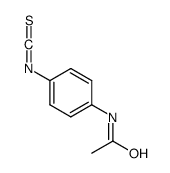
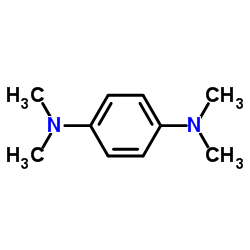 CAS#:100-22-1
CAS#:100-22-1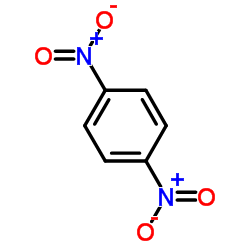 CAS#:100-25-4
CAS#:100-25-4 CAS#:15165-86-3
CAS#:15165-86-3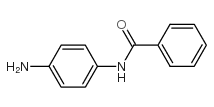 CAS#:17625-83-1
CAS#:17625-83-1 CAS#:5467-04-9
CAS#:5467-04-9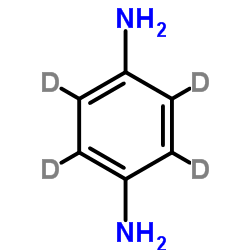 CAS#:119516-83-5
CAS#:119516-83-5 CAS#:19201-32-2
CAS#:19201-32-2 CAS#:18996-77-5
CAS#:18996-77-5![2-[4-(diaminomethylideneamino)phenyl]guanidine structure](https://image.chemsrc.com/caspic/327/6976-08-5.png) CAS#:6976-08-5
CAS#:6976-08-5![4-chloro-N-[4-(4-chlorobutylsulfonylamino)phenyl]butane-1-sulfonamide structure](https://image.chemsrc.com/caspic/138/92492-55-2.png) CAS#:92492-55-2
CAS#:92492-55-2
